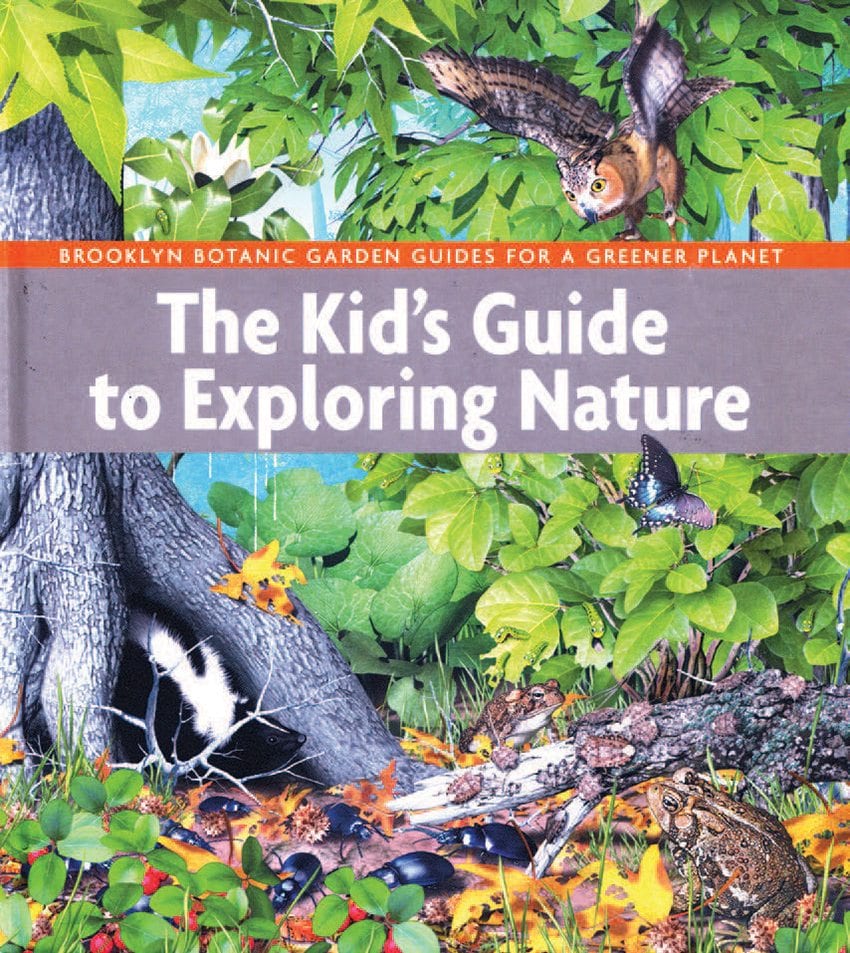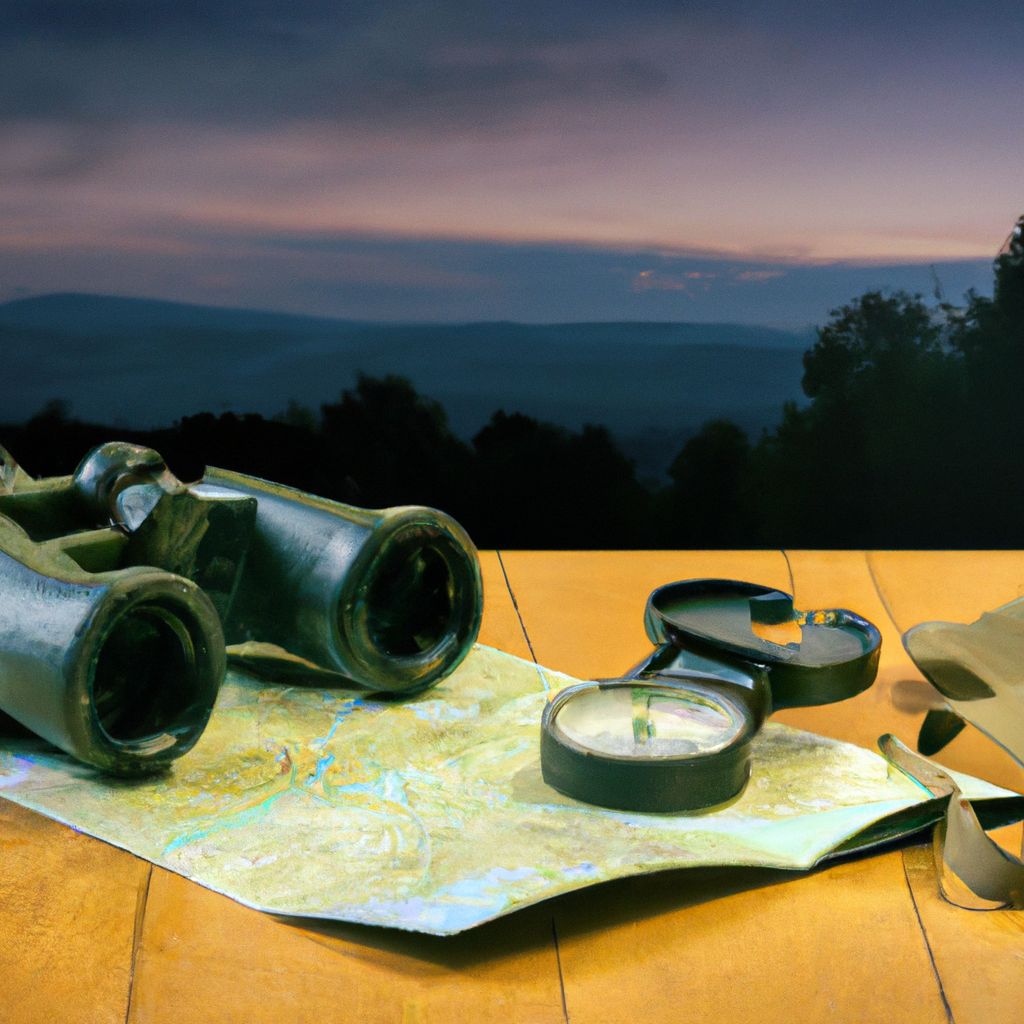Discover Bushwoods: Your Guide To Wilderness Exploration & Survival
Are you prepared to step into a realm of untamed splendor, a place where whispers of the wild echo through sun-dappled glades? Bushwoods, far from being mere collections of trees, are pulsing ecosystems, teeming with life, crisscrossed by hidden trails, and brimming with secrets waiting to be unearthed.
The allure of the bushwoods extends far beyond the casual observer's gaze. These verdant sanctuaries offer a unique connection with the natural world, a chance to escape the clamor of modern life and find solace in the embrace of nature. Whether you're an experienced hiker, a dedicated wildlife enthusiast, or simply someone yearning for a moment of tranquility, the bushwoods beckon with an unparalleled experience. They represent a profound invitation to reconnect with the earth and rediscover the simple joys of existence.
But the bushwoods, in their raw and untamed glory, can also present challenges. To navigate their depths safely and to truly appreciate their intricacies, knowledge is paramount. This is where the wisdom of experienced guides and the insights gleaned from specialized literature become invaluable. Understanding the fundamentals of wilderness survival is not just about staying alive; it's about cultivating a deep respect for the environment and learning how to thrive in its embrace.
- Don Laughlin Net Worth A Billionaires Journey Casino Empire
- Debbie Lorenzos Tribute To Irv Gotti After His Passing
One of the most esteemed resources for anyone venturing into the wild is Dave Canterbury's "A Field Guide to the Art of Wilderness Survival." This comprehensive guide, a cornerstone of bushcraft education, centers on the "5 C's of Survivability":
- Cutting tools: Essential for preparing firewood, building shelters, and various other tasks.
- Combustion devices: Critical for fire starting, providing warmth, cooking food, and signaling.
- Containers: Needed for collecting and carrying water, cooking food, and storing supplies.
- Cover: Shelter from the elements, essential for protecting from the sun, rain, wind, and cold.
- Cordage: Used for a multitude of purposes including shelter building, securing gear, and first aid.
This book's enduring popularity speaks volumes about its effectiveness and the clarity of its instruction. It has become a foundational text for aspiring outdoorsmen and women, offering practical, hands-on advice for navigating the challenges of wilderness environments. In addition to the "5 C's," "A Field Guide to the Art of Wilderness Survival" delves into a wide array of skills, including fire starting techniques, shelter construction, foraging for edible plants, and essential first aid procedures.
The benefits of exploring the wild are immeasurable. Its not simply about traversing the landscape; it's about fostering a profound appreciation for the delicate balance of nature. From learning how to build a fire, to constructing a temporary shelter and finding food, these skills build confidence and resilience. In the process, the modern world with its distractions fades away, allowing an individual to find clarity and focus. The experience fosters introspection, and a profound sense of connection to the land and its inhabitants. For those who seek it, wilderness adventures can be transformative experiences, leading to personal growth and renewed appreciation for the beauty and wonder that surrounds us.
- Harris Rosen Net Worth Legacy What You Need To Know
- Ghermezian Family Net Worth The Rise Of A Real Estate Empire
To further equip yourself for your wilderness adventures, consider expanding your knowledge base with other essential survival guides. Here is a list of must-read books, each offering a unique perspective and expertise in wilderness survival:
- "Bushcraft 101" This book serves as an excellent introduction to the fundamental principles of bushcraft, covering topics like fire starting, shelter building, and tool usage.
- "The Essential Skills of Wilderness Survival" This guide offers in-depth instruction on a wide range of survival skills, including first aid, navigation, and foraging.
- "SAS Survival Handbook" A classic, this handbook, written by John 'Lofty' Wiseman, provides a comprehensive guide to survival in various environments, from the desert to the arctic.
- "Wilderness First Aid: Emergency Care in Remote Locations" This is a critical resource for anyone venturing into the backcountry, offering guidance on how to handle medical emergencies when professional help is far away.
- "The Complete Walker" (Third Edition) Colin Fletcher. This classic provides insights on wilderness navigation.
- "Advanced Bushcraft" Dave Canterbury. More advanced skills that enhance the bushcraft experiences.
- "Building the wood burning fire" - Author: unknown.
- "Surviving the wild" - Author: unknown.
- "98.6 Degrees: The Art of Keeping Your Ass Alive" Cody Lundin. A practical guide to staying alive.
- "Deep Survival: Who Lives, Who Dies, and Why" Laurence Gonzales. This explores the psychology of survival.
- "The Ultimate Guide to Wilderness Living: How to Survive in the Wilderness" Mark H. Smith.
- "How to Stay Alive in the Woods" - Bradford Angier. A practical guide to staying safe in the woods.
- "The Forager's Harvest: A Guide to Finding and Preparing Edible Wild Plants" Samuel Thayer. An in-depth guide to wild plants.
- "Northern Bushcraft: A Practical Guide" Mors Kochanski. Bushcraft in colder climates.
- "The Total Outdoorsman Manual" T. Edward Nickens. Comprehensive survival guide.
Embarking on an adventure into the wilderness is far more than a simple recreation; it is a chance to open doors to new experiences, landscapes, and perspectives. To step outside of your normal routines. It's a chance to immerse yourself in the natural world, to connect with it on a deeper level, and to challenge yourself physically and mentally.
But beyond the practical skills and the adrenaline rush, a journey into the bushwoods offers something far more profound: a chance to reconnect with our roots. In today's fast-paced, technology-driven world, it's easy to become disconnected from the natural world. A venture into the wilderness is an opportunity to reconnect, to remember the fundamental human needs, and to experience the simple joys of living in harmony with nature.
The term "bushwoods" itself is rich with connotations. While there may not be a universally agreed-upon definition, it often refers to forested areas that are less developed and less managed than a typical park or forest preserve. These are places where nature reigns supreme, where wildlife roam freely, and where the sounds of civilization are replaced by the rustling of leaves, the chirping of birds, and the gentle murmur of a flowing stream. These locations serve as havens for both plant and animal life, offering a safe haven for a diverse range of species.
When exploring the bushwoods, preparation and responsible behavior are essential. Respecting the environment is paramount. Here are some key tips for making the most of your explorations while minimizing your impact on the fragile ecosystem:
- Plan and Prepare: Research your destination. Understand the terrain, weather conditions, and potential hazards. Inform someone of your plans and expected return time. Pack appropriate gear, including a map, compass, first-aid kit, and ample food and water.
- Leave No Trace: Pack out everything you pack in. Minimize your impact on the environment by staying on marked trails, avoiding disturbing vegetation, and properly disposing of waste.
- Respect Wildlife: Observe animals from a distance. Never feed wildlife, as this can alter their natural behavior and make them dependent on human handouts.
- Be Aware of Hazards: Be aware of the dangers of bushwoods, such as poisonous plants, dangerous animals, and changing weather conditions. Understand how to identify and avoid these hazards.
- Practice Fire Safety: If you build a fire, do so in a designated fire ring or a cleared area. Never leave a fire unattended, and ensure it is completely extinguished before you leave the site.
- Respect other visitors: Be considerate of other people you encounter, maintaining a reasonable distance and keeping noise levels down.
Beyond the practical aspects, exploring the bushwoods can offer a much-needed escape from the stresses and pressures of modern life. The peace and quiet of the forest, the fresh air, and the beauty of the natural surroundings provide a therapeutic experience.
Furthermore, bushwoods are also valuable for their ability to provide people with a sense of wonder. The diverse ecosystems found in the bushwoods are home to fascinating animals, plants, and geographical features that inspire curiosity and offer an enriching experience. When the opportunity arises, it is essential to explore these areas in a way that enables a deeper appreciation of the nature that thrives within them.
The bushwoods also plays a significant role in maintaining the health of the ecosystem. These natural areas help filter the water, regulate the climate, and provide habitats for numerous species of plants and animals. They also contribute to the overall health of the planet. By protecting and enjoying these areas responsibly, we can help ensure that future generations will have the opportunity to experience the wonder and joy of the bushwoods.
Bushwoods also holds secrets that continue to fascinate explorers and researchers. These hidden sanctuaries harbor clues that shed light on the history of the region. It is possible to encounter the remnants of civilizations that once existed and the pathways that once connected different communities.
The best time to explore bushwoods varies depending on the location and the activities you plan to do. Spring and fall are often considered ideal times, with pleasant temperatures and fewer insects. Summer can be hot and humid, but it is a good time to see wildflowers and wildlife. Winter can offer unique experiences, such as snowshoeing or cross-country skiing. Weather conditions should always be checked before the trip and appropriate clothing should be taken.
Venturing into the bushwoods is more than an outdoor adventure. Its an experience that can transform us. In the end, the bushwoods provide a much-needed reminder of the importance of respecting our planet and the role it plays in our lives.
- Al Stewarts Net Worth In 2025 How Much Is The Singer Worth
- Chrystia Freeland Net Worth Unveiling The Wealth Of Canadas Politician

The Kid's Guide to Exploring Nature Adirondack Explorer

Beat About the Bush Exploring the Wild The comprehensive guide Jacana

Navigating The Wilderness A Comprehensive Guide To The Alpental Trail